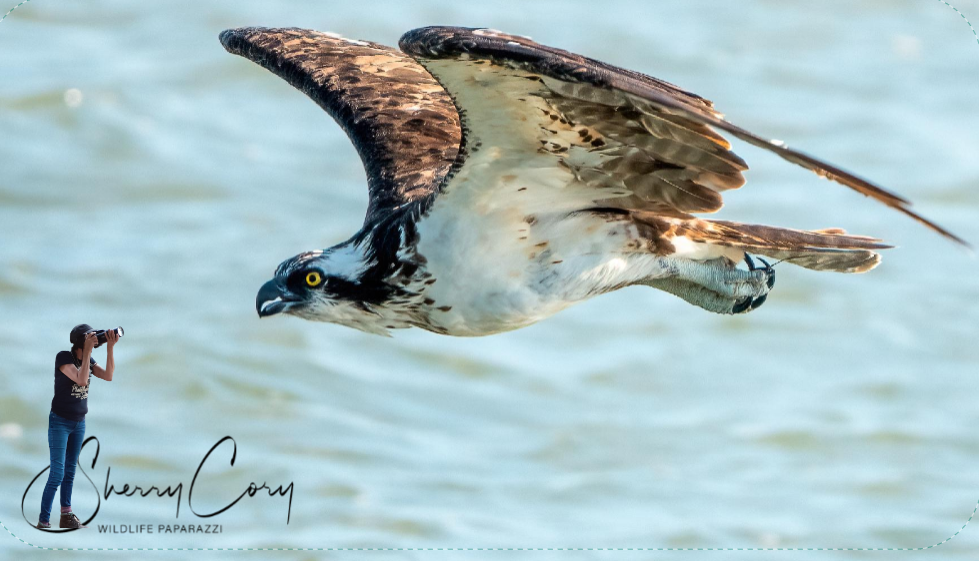Birding is a fun and exciting hobby. It can be a bit overwhelming at first trying to learn all the different names of birds, learning how to identify them, where to look and what sounds they make. It takes time and patience but before you know it you'll be naming all kinds of bird just by sight. There are over 800 types of birds in the United States and Canada so there is a lot to learn! The best way I was taught to identify birds is to use the 4 keys of visual bird identification.
1. Size and Shape of the bird. Learning to identify a bird by it's silhouette is the quickest way to learn because you may not always be close enough to see the exact size or color of the bird. Keep a bird journal and sketch your sighting and make note of size comparing with a bird that you are already familiar with to help you remember the difference in size. Look for posture of the bird. How is is standing? Use the length of the bill and measure the bird against itself. Look at the shape of the bill. Is it curved, straight, conical, et cetera. Look at wing shapes, leg length, length of neck and so on.
2.Look at color patterns. Look for the dominant color patterns rather than just a color. Birds feathers change over time from molting, age, diet and so on. When a bird is far away from you it can be very difficult to get a good identification solely by color. Look for head patterns, wing tip patterns, chest and belly streaking to help you confirm what you are seeing.
3. Look for bird behaviors. Once you start spending time observing birds you will notice they have certain behaviors they do. Northern Mockingbirds are very showy and can be found jumping up into the air from the tops of trees in hopes of impressing a nearby female. Little birds, like warblers and kinglets, like to continually branch from limb to limb looking for insects. Finches fly as if they are riding on waves while sparrows tend to fly straight. What is the bird eating? Is it swooping down and grabbing bugs like a barn swallow or is it foraging through leaves like a long billed thrasher?
4. Where do the birds live? Familiarize yourself in advance and look up what birds live near you and what time of the year you should see certain birds. I recommend using a range map or getting the eBird app to see what people are reporting near you. Visit different environments and take note of what you see. Wetland environments will have Egrets, Herons, Ducks and so on. More open fields you will find Sparrows and Bluebirds. In the woods you're likely to see Warblers, Woodpeckers, Owls and Vireos.
Passeriformes- these birds bills can roughly be classified, based on their shape and main functionality and feeding habits, into 8 groups:
Insectivorous – straight pointed bills or short gently distinct hooked bills.
Omnivorous – relatively straight and strongly built bills.
Toothed – strongly hooked at the tip with a notch on either sides of the cutting edge of the bill.
Tearing – relatively light bills with a strong hook at the tip.
Probing – relatively narrow and slender, slightly curved bills.
Frugivorous – uneven but mostly with wide gape.
Serrated – conical shape bill with finely serrated edge.
Conical – solid thick bills or small and pointed bills.
I strongly encourage having a birding journal to keep track of your birds, where you found them, time of day, date and any other information that you might find helpful at a later date. Enjoy! Have fun and just know that we were all beginners at birding and over time you will be very knowledgeable about what you are doing. Patience and practice! Also, you need to understand that not every birding day is going to be stellar. Some days are very slow. Don't get discouraged. Enjoy the birds that do show up and keep on learning.
